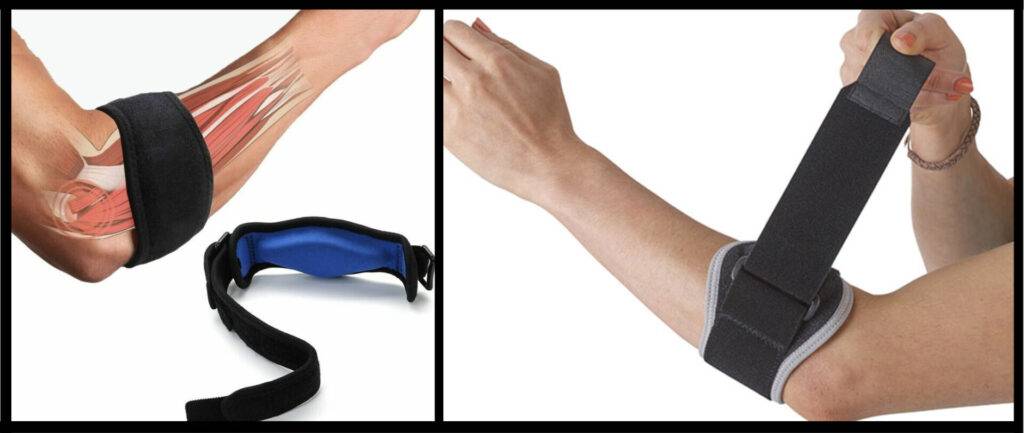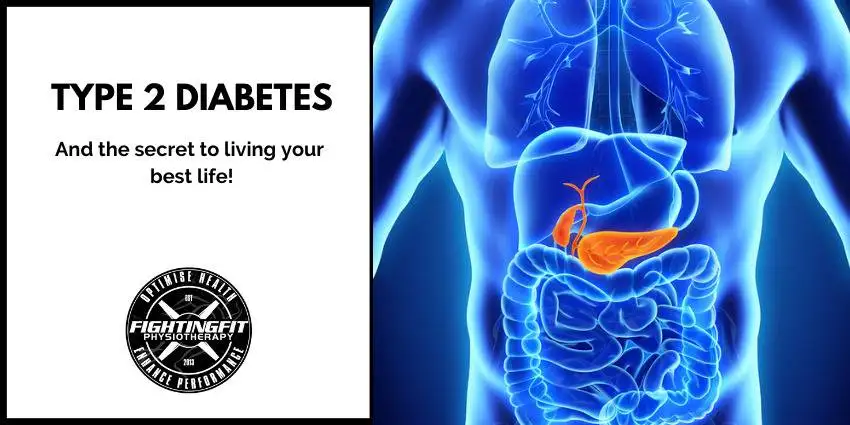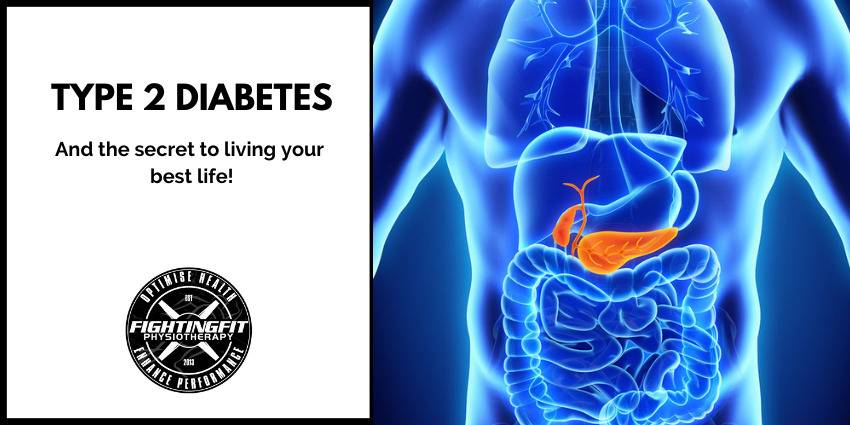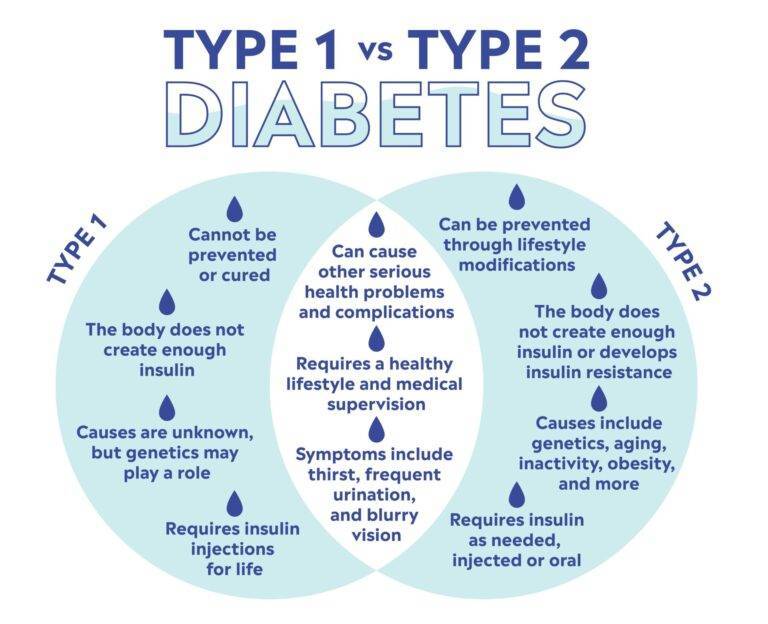Tennis Elbow: not just for tennis players!
Tennis Elbow: What is it and how do we treat it?

You might have heard of a problem called tennis elbow, is a painful condition affecting the outer part of the elbow.
Despite its name, it is not limited to tennis players and can affect anyone who engages in repetitive arm and wrist movements. In fact, other names for it are lateral epicondylitis or lateral epicondylalgia (just meaning pain on or around the lateral epicondyle of the elbow, see below pic).
In this blog, we will explore the how common it is, what causes it and various treatment options to help you understand and manage this challenging condition.

How common is tennis elbow?
Lateral epicondylitis is a prevalent musculoskeletal condition, accounting for a significant number of elbow-related complaints.
It most commonly affects individuals between the ages of 30 to 50 years, with a slightly higher incidence in men. Occupations and activities that involve repetitive wrist extension and gripping are major risk factors, including carpenters, painters, plumbers, and, of course, tennis players.
What Causes Tennis Elbow?
The primary cause of lateral epicondylitis is overuse and repetitive strain on the extensor tendons of the forearm, leading to overload, thickening, microtears and degeneration.
These tendons attach to the lateral epicondyle, a bony prominence on the outer side of the elbow, and when subjected to repetitive stress, they become inflamed and painful.
Other contributing factors include poor technique during physical activities, inadequate warm-up, using improper equipment, and lack of adequate rest periods during repetitive tasks that allow the tendon to adapt to what you’re asking of it!

Signs and Symptoms of tennis elbow:
The most common symptom of lateral epicondylitis is pain and tenderness on the outer aspect of the elbow.
This pain may radiate down the forearm, and individuals may experience weakness in gripping and difficulty in performing simple daily tasks. The pain is usually aggravated by activities that involve wrist extension, such as lifting objects, gripping tools, and shaking hands.
What is the Treatment for Tennis Elbow?
- Rest and Activity Modification: The initial approach to managing lateral epicondylitis involves rest and avoiding activities that exacerbate the pain. Reducing or modifying repetitive movements can give the affected tendons time to settle.
- Physiotherapy: A structured physiotherapy program strengthens the forearm muscles, improves the tendon capacity, eases the pain, and improves the function of the elbow and upper limb.
We may choose to perform manual therapy, such as varying massage technique or dry needling. But always, we will prescribe exercise to alleviate pain, promote healing and importantly improve function!
- Non-Steroidal Anti-Inflammatory Drugs (NSAIDs): Over the counter NSAIDs can help manage pain and reduce inflammation in the affected area in an early, acute, reactive, or inflamed tendon. But usually less affective the longer you have had tendon pain, as inflammation is not the primary driver of pain in these cases, the weakness and deconditioning of the tendon is!
- A de-loader Brace or Strap: Wearing a brace or forearm strap (like the one below) can provide short term relief to the tendon and alleviate some stress on it during daily activities while it is sore and angry. However, using these for long periods of time is not useful and will not fix the underlaying problem. So be warned!
- Injections for tennis elbow: In more severe cases, a corticosteroid injection may be recommended to reduce inflammation and relieve pain around the tendon. However, these injections should be used judiciously due to potential side effects on the tendon structure with miss use.
Another form of injections is Platelet-Rich Plasma (PRP) Therapy. PRP injections can promote tissue healing and may be considered for resistant or recalcitrant cases of tennis elbow to allow us to effectively manage pain and get enough load into the tendon to promote an increase in load tolerance.

In conclusion: Tennis elbow can be a challenging condition if you don’t do the right things for it.
However, with the right approach to treatment, individuals can find relief and recover! Early intervention, rest, physical therapy, proper ergonomic practices play, appropriate strength and tendon based exercises play crucial roles in managing this condition effectively.
If you or anyone you know may be suffering from Tennis Elbow, please contact us here at Fighting Fit Physiotherapy, we would love to help you out!
Chris Pearson is an Associate Physiotherapist at Fighting Fit Physiotherapy. He has a special interest in adolescent sports injuries, ACL rehabilitation, and many sports injuries. He is the Gold Coast Suns Academy Physio managing their junior athletes injuries and performance.
Chris believes that success with patients comes from providing the patient with a correct diagnosis, education, management plan and progressive treatment to deliver the best result for them and their needs.
Dean is a registered Gold Coast Physiotherapist with undergraduate and postgraduate studies in Human Movement and Exercise Science. His background has developed his vision for Fighting Fit Physiotherapy to focus on optimal health and peak physical performance for every single patient. Utilising his many qualifications, in depth knowledge of the body and passion for exercise he can provide a holistic approach to your treatment and exercise prescription to get the best outcome.













